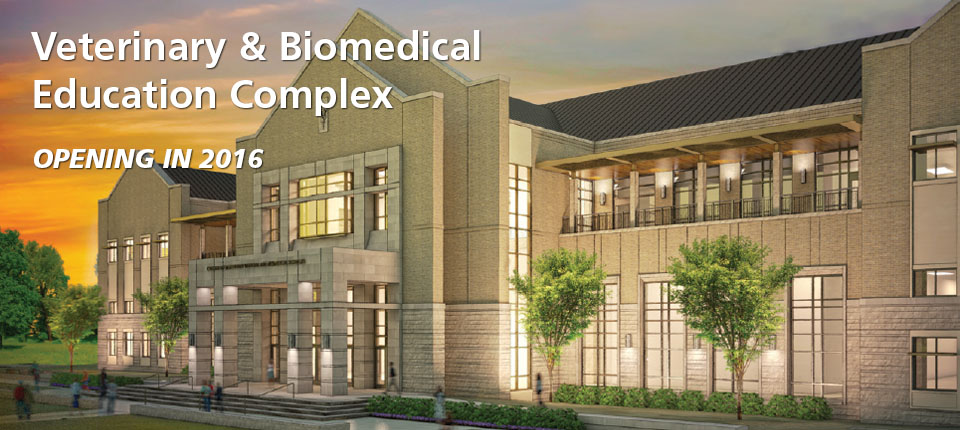Texas A&M Breaks Ground For New Veterinary & Biomedical Education Complex

To celebrate the beginning of a new chapter in veterinary medicine for Texas, administrators from the Texas A&M University System, Texas A&M University, and the Texas A&M College of Veterinary Medicine & Biomedical Sciences (CVM) broke ground for the new Veterinary & Biomedical Education Complex. The capital project represents a major expansion for the CVM and will also be one of the largest construction projects on the Texas A&M campus.
“The new facility represents a tremendous opportunity to bring the latest in teaching technology to the CVM and to Texas A&M University,” said Dr. Eleanor Green, the Carl B. King Dean of Veterinary Medicine. “We are very excited that the Board of Regents and the administration of Texas A&M University decided to invest in the future of our college, our faculty, and our students. The impact of having state-of-the-art teaching and clinical facilities will be felt not only by those who receive their education here in the future, but also by those that we serve.”
The new building will house state-of-the-art classroom and teaching laboratory space that will enhance the learning environment for students. Combined with the expansion of the small animal hospital, the new facilities will provide opportunities for innovations in teaching and will nurture collaboration and creativity. In addition, they are expected to be a notable factor in recruiting the best faculty, staff, and students.
The $120 million needed for completion of both facilities will be funded solely from the Permanent University Fund (PUF), which was established in the Texas Constitution of 1876 as a public endowment contributing to the support of the institutions of the Texas A&M and University of Texas Systems.
Green noted that the opportunity to launch a construction project such as this is once in a lifetime, and it was important to the planning team to look across the country at not only the current trends in classroom innovation and teaching technology, but also what new advances may be on the horizon.
“We wanted to design a building that would not only meet our needs now, but also would be flexible enough to meet our education needs in the next 50 years. In 2016, we will be celebrating our 100th anniversary,” said Green. “We will step into our new facilities as we step into a new century.”


